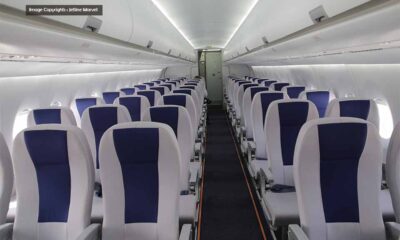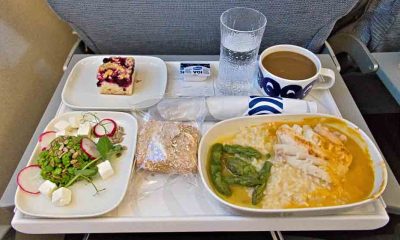Business
Emirates Boeing 777 and A380, joined by UAE carriers usher in the opening of Dubai Airshow
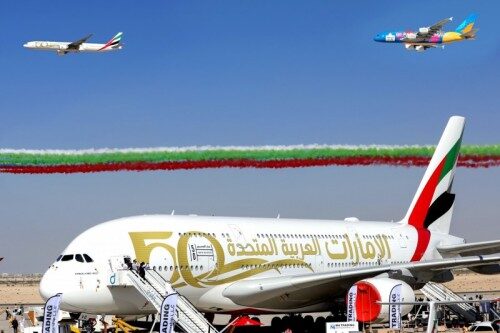
Emirates Boeing 777 and A380, joined by UAE carriers usher in the opening of Dubai Airshow, and mark 50 years of unity with magnificent fly past
Dubai, U.A.E., 14 November 2021: The Emirates Boeing 777 and A380, joined by aircraft from UAE carriers Etihad, flydubai and Air Arabia soared through the skies in a spectacular flypast this afternoon, kicking off the 2021 edition of the Dubai Airshow. Spectators and avid aviation enthusiasts were in for a treat as all of the aircraft were joined by seven of the UAE’s air display team, Al Fursan, set in an arrow formation, with their signature smoke trails in the colours of the UAE: red, black and green.
Together, the flypast was a large and colourful start to the Dubai Airshow flying display programme, and celebrated the UAE’s advancements and leadership in civil aviation and aerospace.
The Emirates B777-300ER display aircraft was emblazoned with the bespoke ‘United Arab Emirates 50′ livery, embodying the Golden jubilee of Emirates’ home and hub, the UAE. The Emirates A380 featured the head-turning Expo 2020 Dubai livery with the special ‘Dubai Expo’ and ‘Be Part of the Magic’ messages running across both sides of the fuselage.
The special fly-past started with an Etihad 787 which flew at an altitude of just 700 feet, and accompanied by Al Fursan’s air display team. It was trailed by an Emirates Boeing 777, hovering above the crowds at just over 900 feet, followed by an A380 at 1,100 feet, an Air Arabia A320 at 1,300 feet, and a flydubai Boeing 737 at 1,500 feet, marking the start of the Dubai airshow. The vertical separation altitudes between all of the aircraft was 200ft.
The commercial and air display formation was then trailed by a military formation, and all aircraft flew past the Dubai World Centre (DWC) runway.
The Emirates aircraft were operated by a number of seasoned Captains and First Officers at the airline. Leading the Boeing 777-300ER was Captain Ahmad Bin Huzaim, Captain Michael Schreiber, and Captain Dave Kilian. Commanding the A380 was Captain Mubarak Al Mheiri supported by Captain Christopher Gauci and Captain Alistair Reid.
The aerial display, flawlessly manoeuvred, involved months of thorough planning and robust collaboration between multiple stakeholders including numerous teams at Emirates as well as the other UAE carriers, the UAE Ministry of Defence, UAE Military, Emirates pilots, Flight Operation Managers and Air Traffic Controllers working together with the Dubai Airshow Flying Control Committee and both aviation authorities (DCAA and GCAA). The teams worked together across every element of the aerial display, taking into account air traffic patterns at different times of the day, areas over flown, in addition to weather and wind conditions.

Business
Malaysia Airlines And IndiGo Sign MoU To Boost Tourism
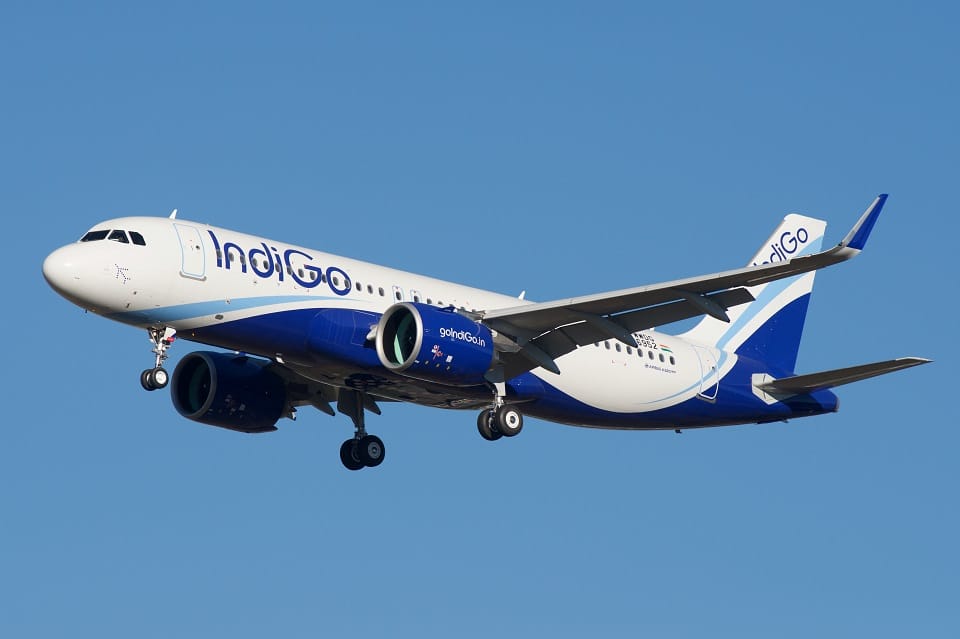
Malaysia Airlines and IndiGo, India’s leading airline, announced the signing of a Memorandum of Understanding (MoU) for a codeshare partnership and mutual cooperation agreement.
The agreement will enable both carriers to provide customers with more options and flexibility for seamless travels between Malaysia and India. Through this cooperation, Malaysia Airlines will be able to strengthen its connectivity into India as the marketing carrier on IndiGo operated flights.
while IndiGo customers get to explore more Southeast Asia destinations through Malaysia Airlines’ extensive network. This reciprocal arrangement will allow both carriers to provide seamless connections to their customers, besides enabling them to enjoy an
integrated travel itinerary among other facilities.
Currently, Malaysia Airlines flies 71 times a week to nine major Indian hubs: New Delhi, Mumbai, Bengaluru, Chennai, Hyderabad, Kochi, Ahmedabad, Amritsar, and Trivandrum.
To learn more and to make travel reservations, go to the official Malaysia Airlines website at www.malaysiaairlines.com. Customers who would like to start earning Enrich Points and enjoying member-only benefits are invited to sign up for Malaysia Airlines’ renowned travel and lifestyle loyalty programme, Enrich, at www.enrich.malaysiaairlines.com. Get the Malaysia Airlines app to access the newest deals from anywhere at any time.
Airlines
These Airlines Are Eyeing New Widebody Aircraft Orders from Airbus & Boeing
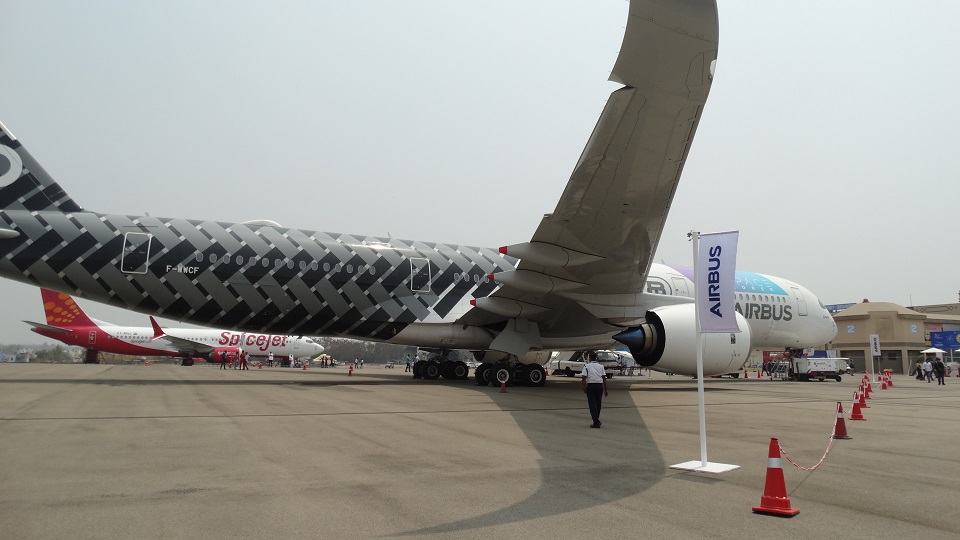
Several major airlines are on the verge of making significant fleet expansions, signaling potential orders for widebody aircraft from industry giants Airbus and Boeing.
These forthcoming orders signify a pivotal moment for the aviation industry as these airlines prioritize modernizing their fleets to meet evolving demands and enhance passenger experiences.
Among these carriers, Japan Airlines (JAL) is reportedly in the final stages of negotiating a purchase for around a dozen long-haul widebody planes. The Boeing 787 Dreamliner is anticipated to feature prominently in this order as japanairlines aims to revamp its fleet, replacing aging Boeing 767 aircraft with more modern narrowbody jets to fortify its network.
Meanwhile, qatar airways is initiating discussions with both Boeing Co. and Airbus SE for a substantial order of up to 150 widebody jets. With ambitions to rejuvenate its aging long-distance fleet, Qatar Airways is eyeing a mix of airbus a350 900 and Boeing 777X models to modernize and expand its operations. While the specifics of the order remain undisclosed, the airline is poised for a substantial renewal.
Cebu Pacific, a prominent Philippine budget carrier, is poised to make a decisive move in May or June regarding its order for over 100 narrowbody aircraft. CEO Michael Szucs has indicated that the airline is weighing options between Airbus and Boeing models. The decision could see a combination of Airbus A320neo and A321neo or Boeing’s high-capacity 737 MAX 8-200 and 737 MAX 10 entering Cebu Pacific’s fleet starting from 2027.
Lastly, Korean Air is reportedly weighing an order for 20 airbus a350, potentially adding to its existing fleet of A350s following the planned merger with Asiana Airlines. Sources close to negotiations indicate that Korean Air intends to purchase approximately 20 A350 jets, with a decision expected to emerge from a pivotal board meeting held by the airline’s executives on March 21, 2024.
Aviation
Saudi Arabia’s National Airline Saudia Could Fall Under PIF Ownership
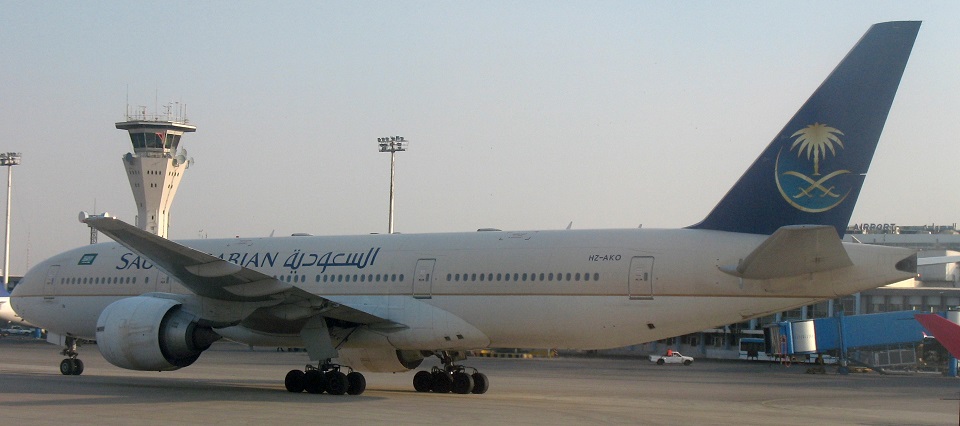
According to the report, the Public Investment Fund (PIF) of Saudi Arabia, the country’s sovereign wealth fund, is reportedly in talks to buy the national airline Saudia.
An important milestone for one of the oldest airlines in the Middle East, this prospective transfer of ownership would also apply to other businesses owned by Saudia, including as its low-cost subsidiary Flyadeal. The action is considered a component of a larger plan to strengthen the PIF’s aviation portfolio by the beginning of 2025, which might improve Saudia’s financial results and operational effectiveness.
There have also been proposals that the airline might be privatized or combined with Riyadh Air, which is already controlled by the PIF. Saudia now has a sizable fleet of over 142 aircraft and serves more than 90 locations worldwide, while the exact value of the deal is still unknown.
However, sources caution that the plan may encounter delays or even be abandoned altogether. The establishment of Riyadh Air is consistent with the PIF’s larger goal of utilizing important industries to promote Saudi Arabia’s economic diversification. Based on projections, it is possible that Riyadh Air will generate billions of dollars in value and hundreds of thousands of jobs, making it a major contributor to the kingdom’s non-oil GDP.
Recently, The UK-based construction company Mace has been selected as the delivery partner for King Salman International Airport (KSIA) in riyadh. When KSIA opens in 2030, it will be the largest airport in the world, marking a significant milestone for the aviation industry.
By 2030, the airport is forecasted to facilitate a substantial increase in annual passenger traffic, skyrocketing from 29 million to a staggering 120 million travelers. Moreover, aircraft traffic within the kingdom is anticipated to surge from 211,000 to over 1 million flights per year following the airport’s inauguration.

